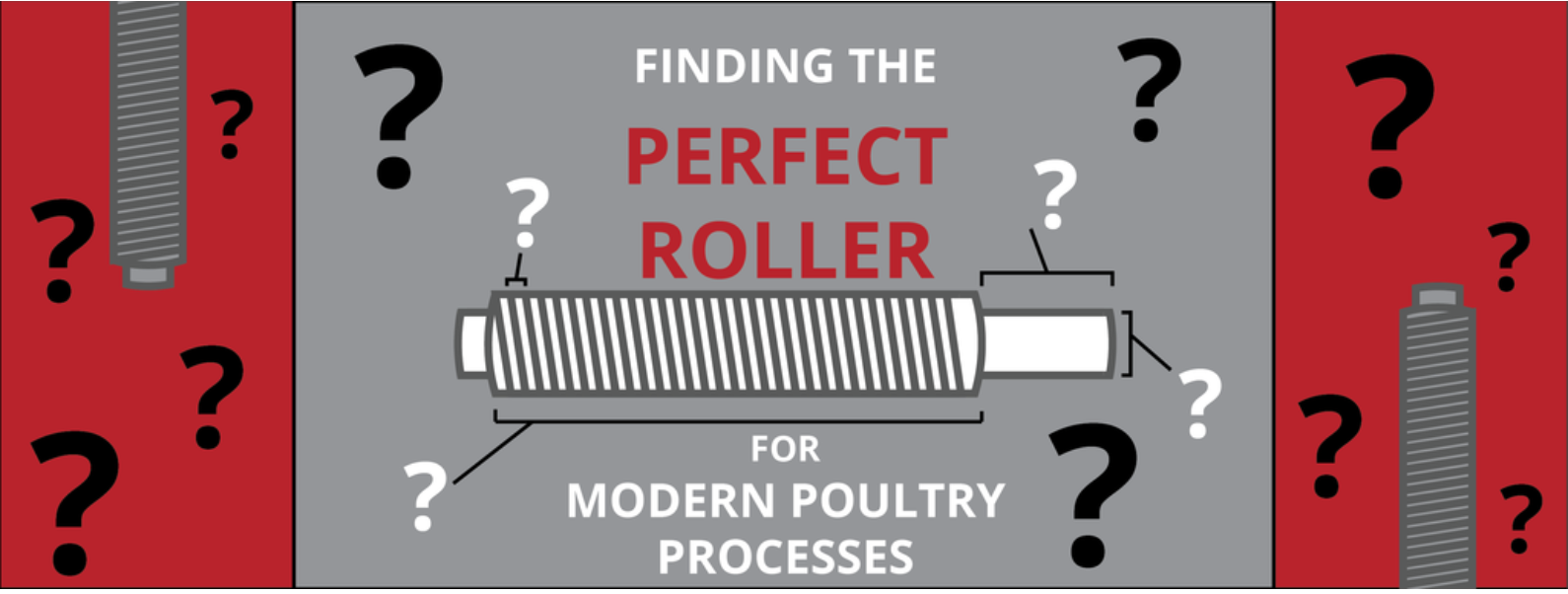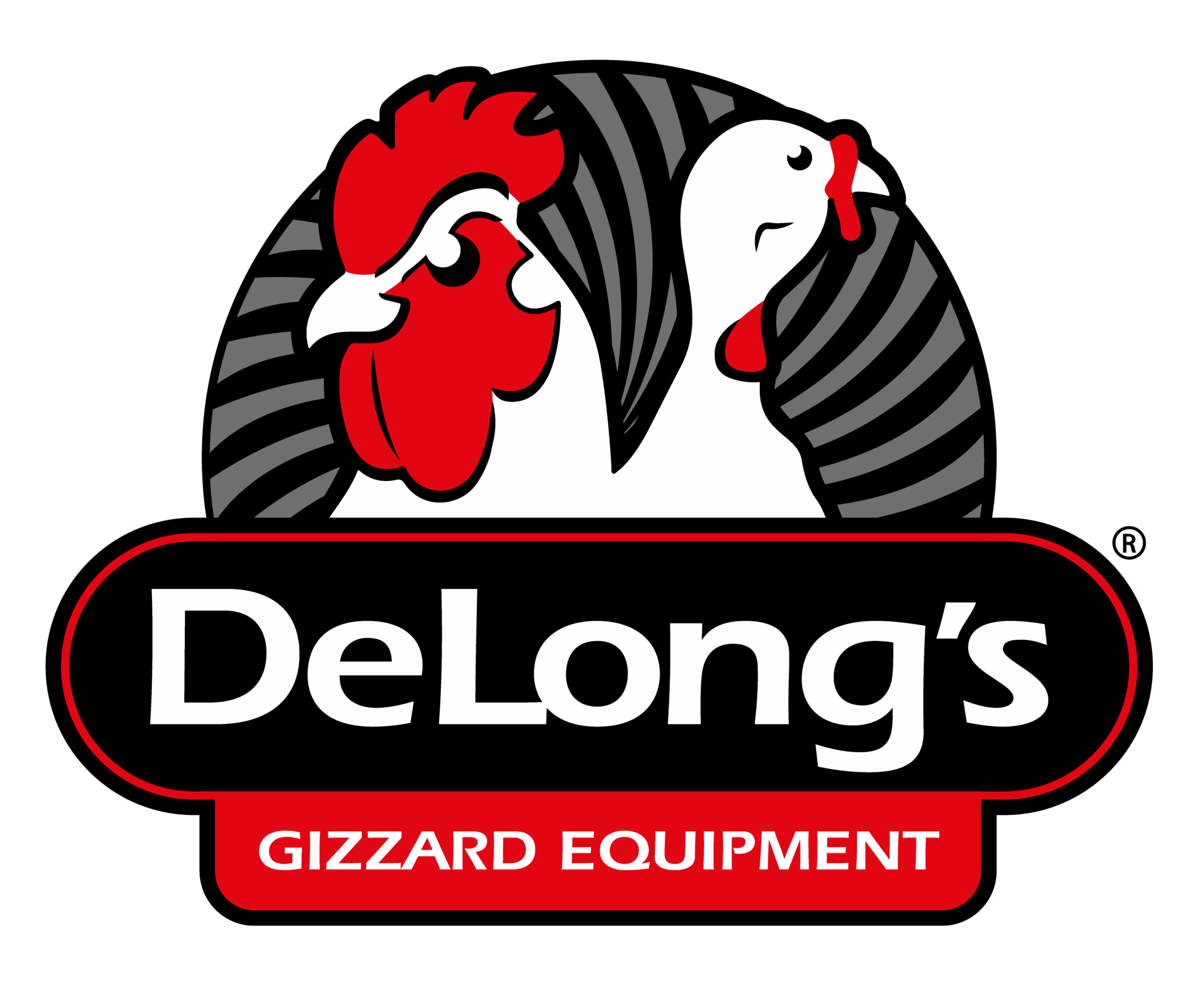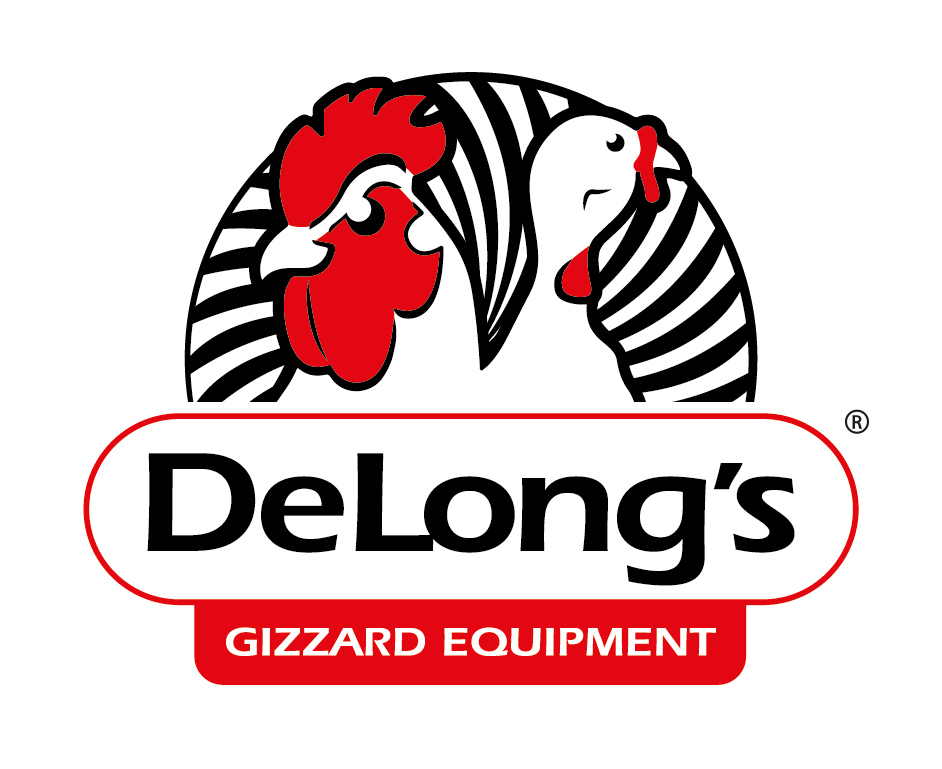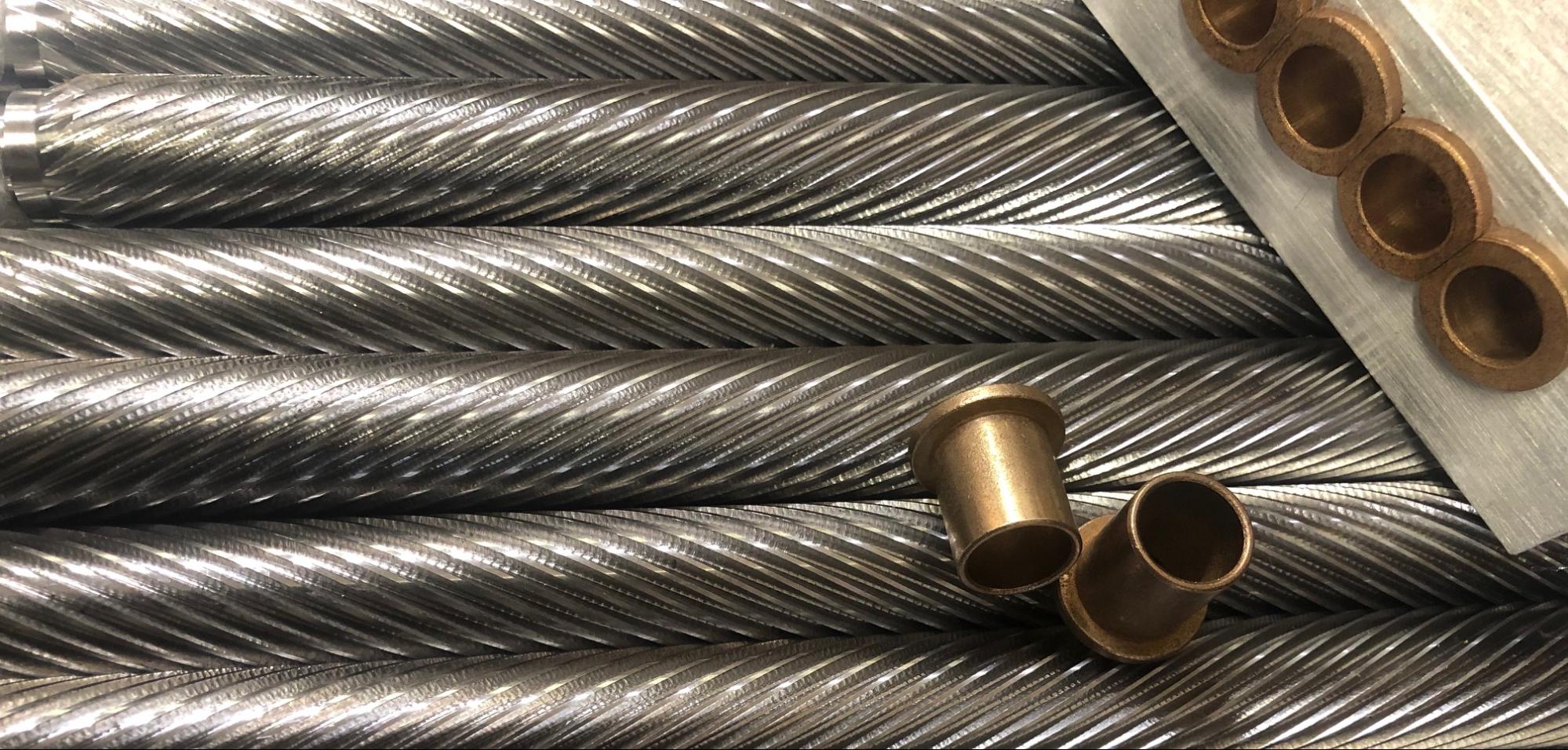
26 Sep Finding the perfect roller for modern poultry processes
Not all poultry rollers are created equal, so it pays to know what to look for when making the purchasing decision for your plant.
The size and dimensions of the roller will depend on the role it fills within the production process. There are four key processes that determine the roller type:
Processes
Manual Gizzard Peeling Rollers
One of the most heavily-used rollers in poultry production, manual gizzard peeling rollers are used for removing the membranes and skin from poultry gizzards.
Look for manual gizzard peeling rollers with these dimensions:
Peel Length: 6 ¼ – 16 in
Peel Diameter: .810 – ⅞ in
Shaft Length: 3 – 3.5 in
Shaft Diameter: ½ in, ⅝ in, or ⅞ step to ½ in
Automatic Gizzard Peeling Rollers
Automatic gizzard peeling rollers are largely identical to manual gizzard peeling rollers in function, but differ in that they are automatically operated instead of manually. Automatic rollers also tend to have a larger peels than their automatic counterparts, but shaft length more variable.
Look for automatic gizzard peeling rollers with these dimensions:
Peel Length: 10 ⅛ – 24 in
Peel Diameter: 1.025 – 2 ¼ in
Shaft Length: 2.625 – 4 ½ in
Shaft Diameter: ¾ – ⅞ in
Breast Cleaning Rollers
Breast cleaning rollers are another essential part of the poultry processing puzzle. Like manual gizzard peeling rollers, breast cleaning rollers are used for removing membranes and skin from the bird, but focused on the breast area instead of the gizzard.
Look for breast cleaning rollers with these dimensions:
Peel Length: 12 – 20 in
Peel Diameter: ⅞ – 1 ¼ in
Shaft Length: 3 ¼ – 4 in
Shaft Diameter: ⅝ or 3/4 in
Neck & Thigh Skinning Rollers
These types of rollers are specifically designed for safe and effective skinning of necks and thighs on any bird. As a general rule, these types of rollers dwarf the others in size, with peels and shafts that run two- or even three-times as long as their counterparts.
Look for neck and thigh peeling rollers with these dimensions:
Peel Length: 15 ¾ – 31 ¼ in
Peel Diameter: 1.6 – 3 in
Shaft Length: 4 – 7 ½ in
Shaft Diameter: ¾ – 1 in
Factors to Keep in Mind
Regardless of which function you need the roller to fill, there are some key characteristics to keep in mind to help you make the best decision, especially if you are buying refurbished rollers.
Teeth Sharpness
The condition of the teeth is arguably the most important factor in deciding on a roller, as dull teeth can lead to miscuts and other problems that could effectively ruin the bird. Make sure any rollers you use have sharp teeth that can rip and tear without snagging.
Shaft Condition
The shaft of the roller ensures it is able to spin effectively, but will wear down over time and through extended use. If you’re buying refurbished rollers, make sure the shaft is strong and durable enough to allow for easy and consistent spinning of the peel.
Material
Rollers typically come in one of two material makeups: tool steel or stainless steel. Tool steel rollers are cheaper but sustainable to rust, while stainless steel rollers are rust-proof but average about $38 dollars more, so take this into consideration if the budget it tight.
If you’re looking to get higher yields and better results out of your poultry plant’s rollers, be sure to check out our free informative guide, The Lifecycle of a Poultry Roller for more great tips and strategies to help you make the best purchasing decision.



